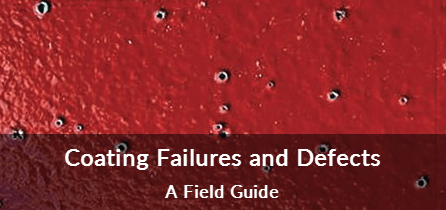What Does
Blushing Mean?
Blushing takes place when moisture goes through condensation on a coated surface during the process of curing. At times, the moisture may be generated from porous substrates.
Blushing manifests as milky or white patches, with hazy effects in clear types of coatings. In pigmented coatings, blushing may produce defects in its gloss.
Blushing is also known as water spotting.
Free Coating Failures and Defects Guide – Sponsored by Fitz’s Atlas 2

Click here to download your free guide!
Corrosionpedia Explains Blushing
Blushing is a chemical reaction produced by moisture and atmospheric carbon dioxide and is caused by several factors. The main factors that influence carbonate or carbamate formation include humidity and the reaction rate of carbon dioxide and amine comparative to the reaction rate of amine-epoxy.
Blushing can also be associated with other factors like:
- Temperature
- Curing agent type
- Rate of cure
- Accelerators
In order to prevent this type of reaction from taking place, heating systems such as hot air blowers may be used.
Almost all types of coating systems are sensitive to extremely high humidity levels and must not be applied if the levels of moisture are excessive. Furthermore, the temperature of the substrate should be at least 40°F (5°C) beyond the dew point prior to the application of coating.
Most importantly, evaluating the moisture content of the substrate is vital. Ideally, the appropriate moisture levels should be met depending on the type of coating to be applied.
In cases where blushing still exists after prevention methods have been implemented, immediate application of the same coating can be done to release the trapped moisture, making the haze disappear.